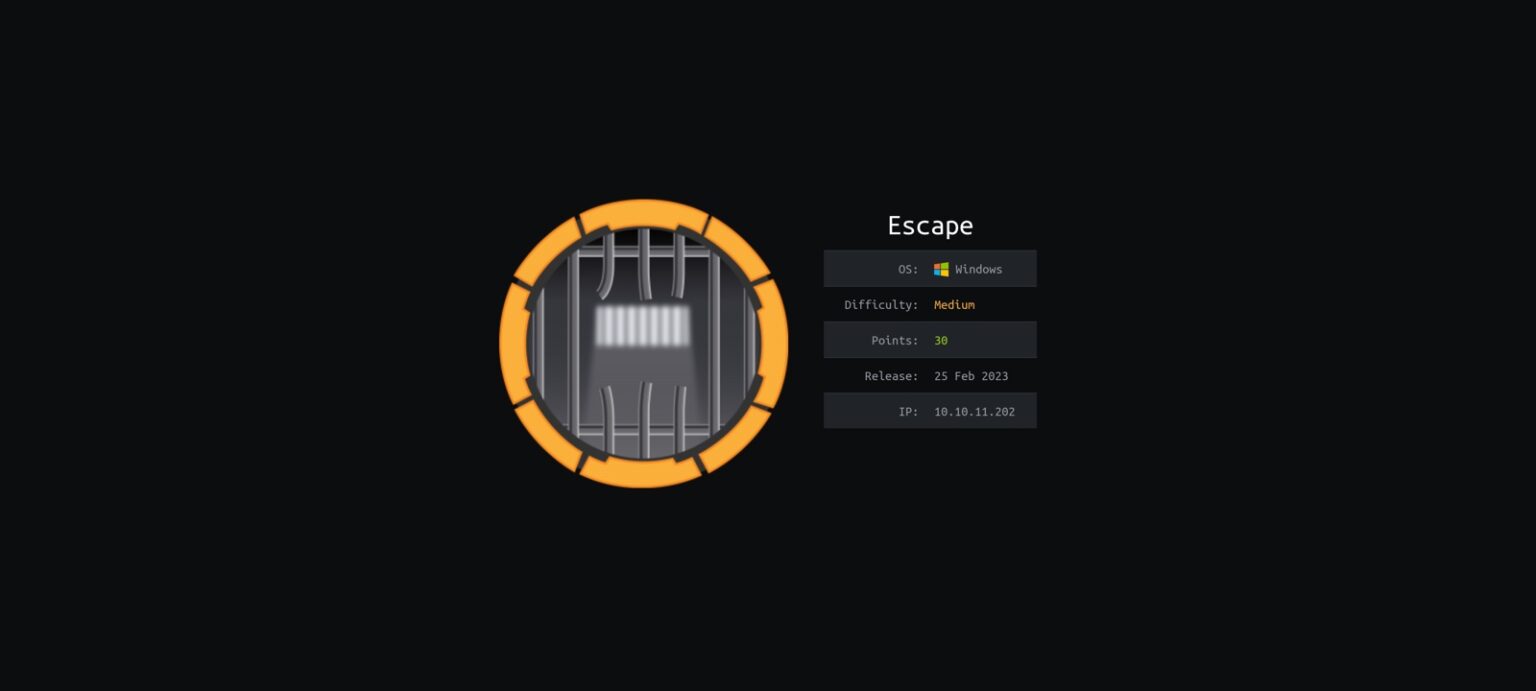Port Scanning: A Comprehensive Guide to Help You Stay Secure
Port scanning is an important security measure that should be taken by anyone who wants to stay safe online. It is a process of scanning a network or computer system to identify open ports and services that are accepting connections. By knowing which services are available, attackers can determine the best way to gain access to the system.
The most popular port scanning tool is Nmap, which is a free and open source network security scanner. It is used by both system administrators and security professionals to identify open ports and services on a network. Nmap can be used to scan a single host or an entire network.
How to Use Nmap for Port Scanning
Using Nmap for port scanning is simple. All you need to do is enter the command “nmap” followed by the IP address or hostname of the system you want to scan. Nmap will then scan the system and output a list of open ports and services.
You can also improve the results of Nmap by using a script. The following script can be used to scan a single host or an entire network:
#!/ bin/ bash
ports = $( nmap -p- --min-rate = 500 $1 | grep ^[ 0- 9] | cut -d '/ ' -f 1 | tr '\ n' ', ' | sed s/, $/ / )
nmap -p $ports -A $1
Understanding the Results of a Port Scan
Once the port scan is complete, you will be presented with a list of open ports and services. Each port will be listed with its associated protocol (TCP or UDP) and service name.
For example, port 80 is typically used for HTTP traffic, while port 443 is used for HTTPS traffic. Knowing which ports are open and which services are running on them can help you determine the best way to secure your system.
Conclusion
Port scanning is an important security measure that should be taken by anyone who wants to stay safe online. By using a tool like Nmap, you can quickly and easily identify open ports and services on a network. Understanding the results of a port scan can help you determine the best way to secure your system.





